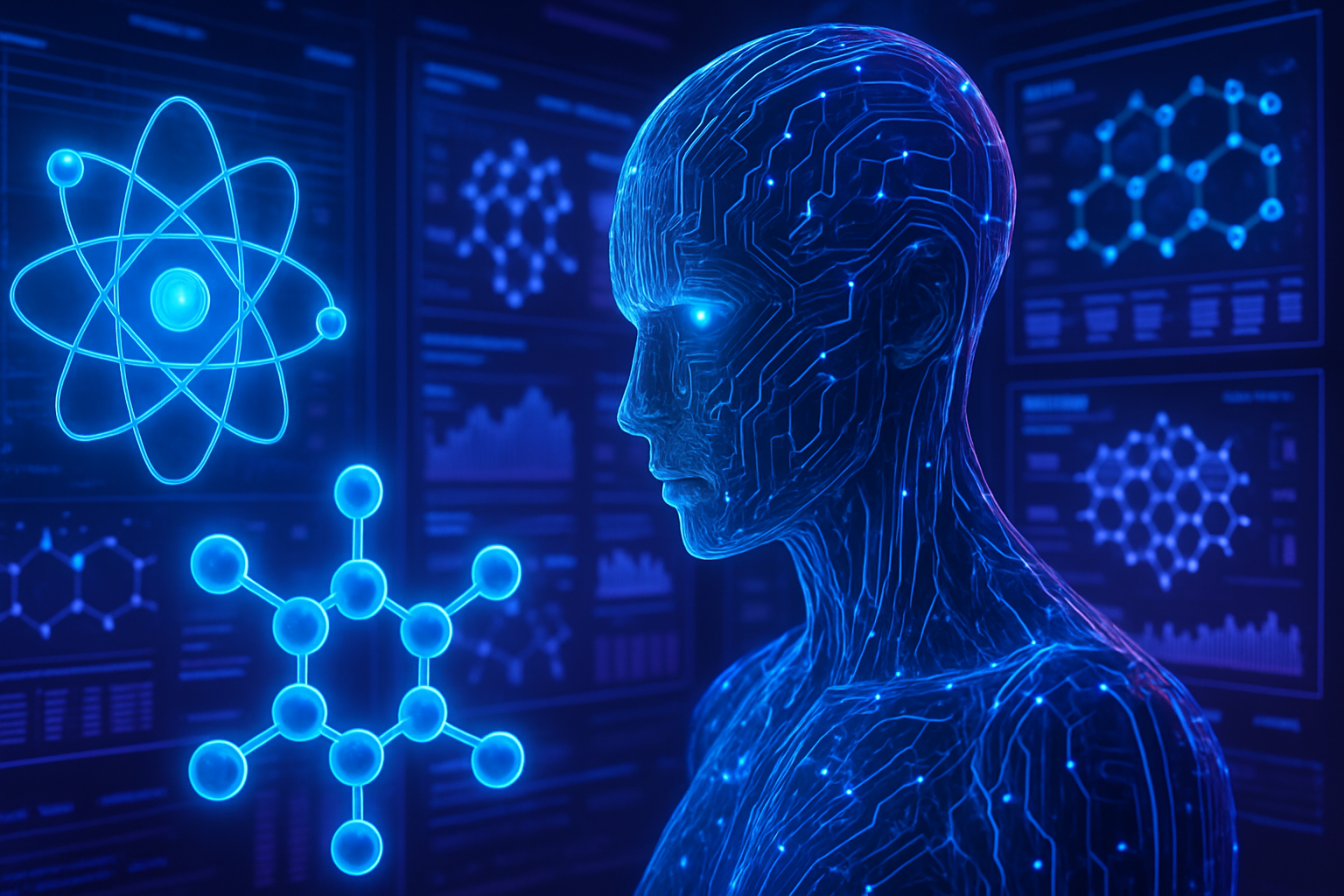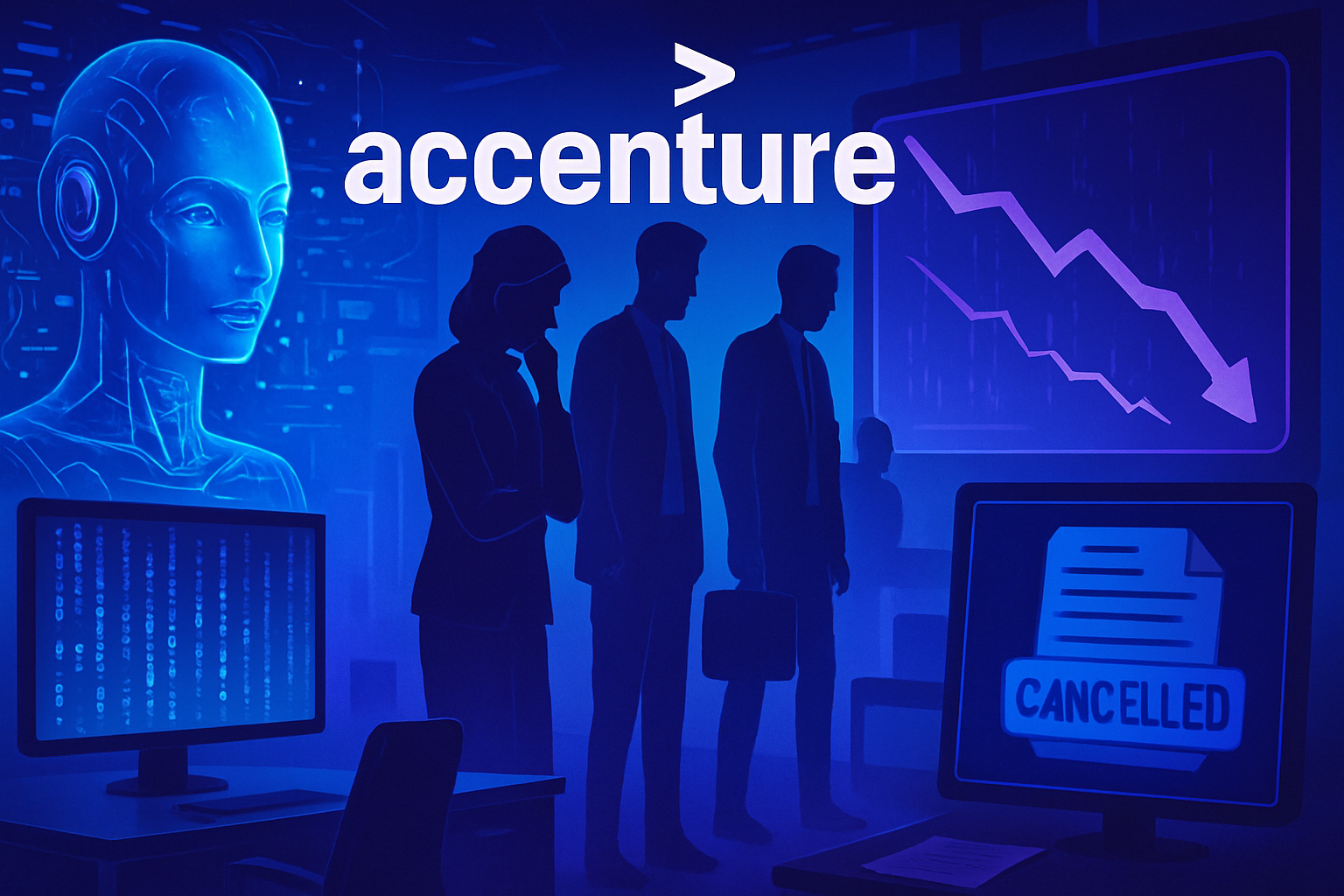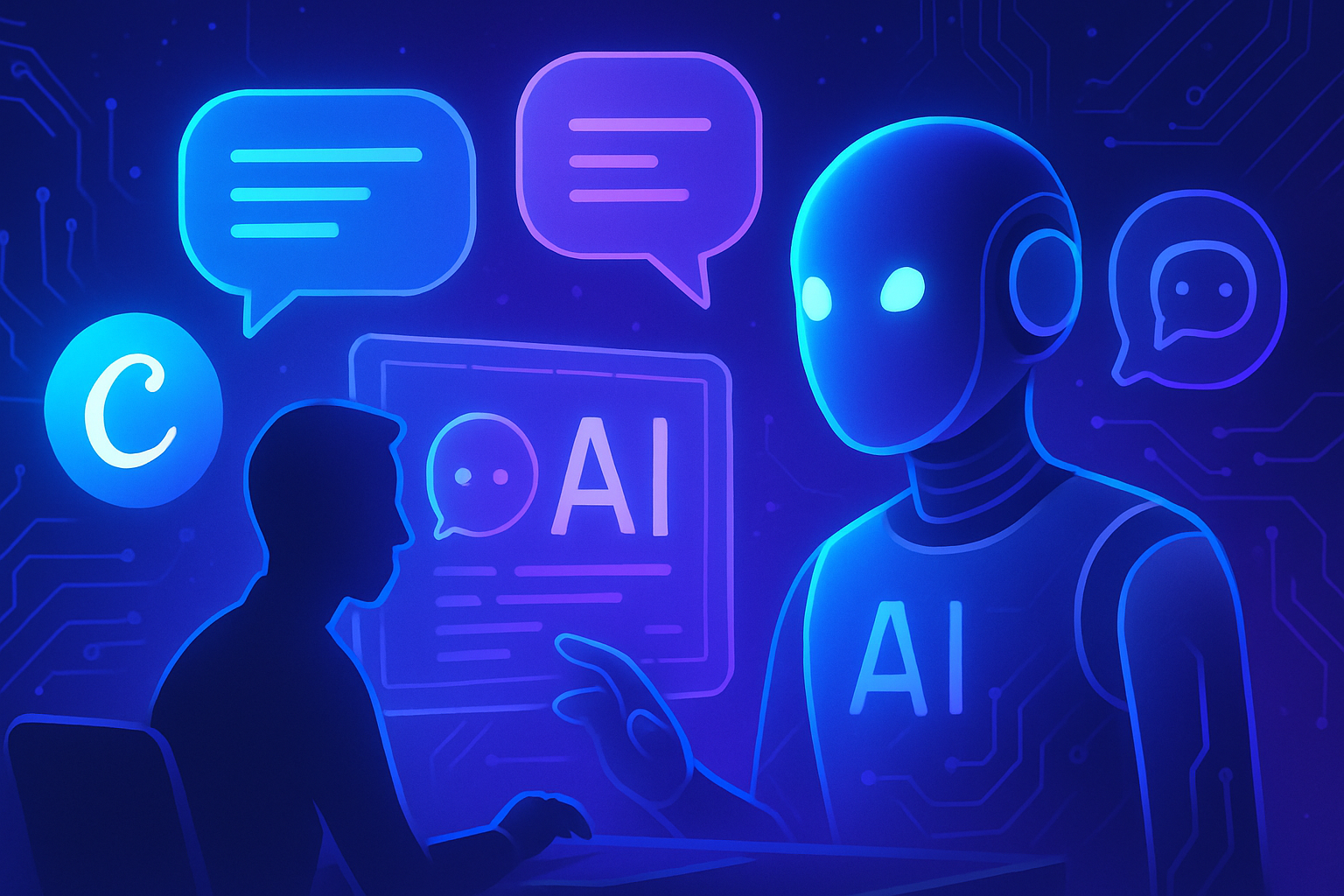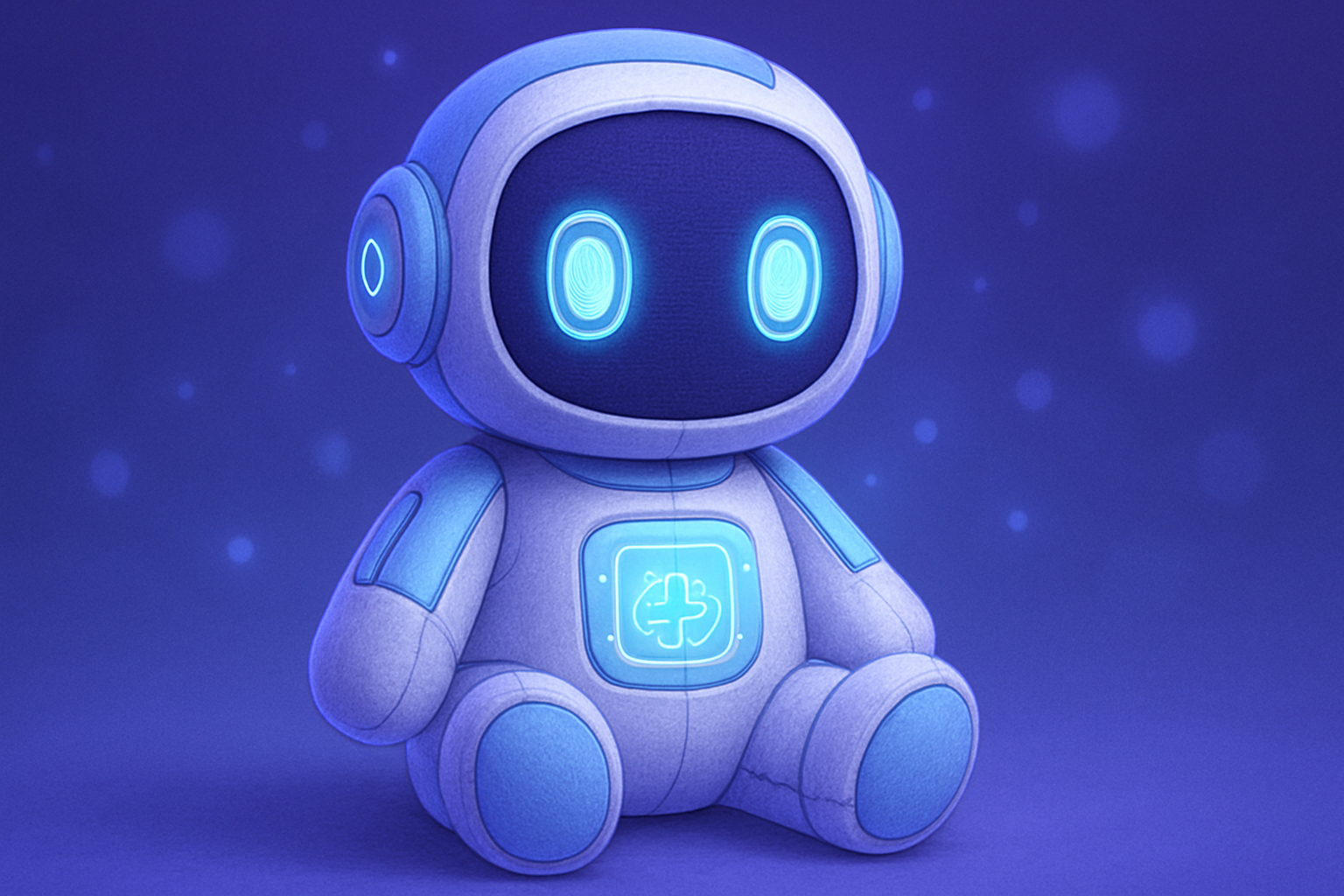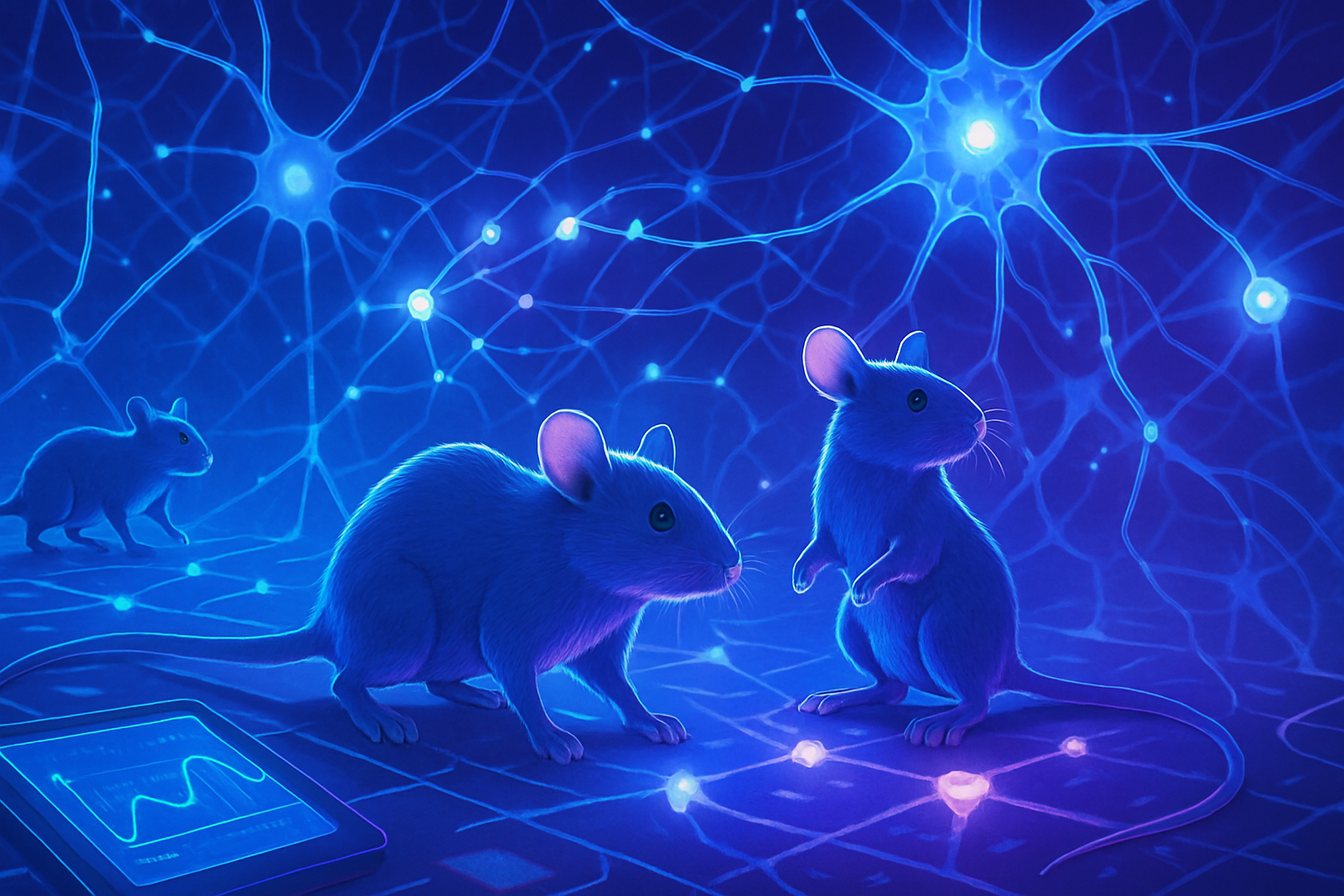The modern era of materials science research faces complex challenges. The emergence of AI models is revolutionizing discovery methods by relying on a multitude of data. The synergy between artificial intelligence and human expertise facilitates the optimization of material recipes and stimulates innovation.
The challenges of discovering new materials demand bold and sophisticated solutions. Artificial intelligences, such as those developed by MIT, transcend the limitations of traditional approaches. They leverage a range of information, from scientific publications to microstructural analyses, to design pioneering experiments.
This innovative approach highlights the need for a harmonious interface between man and machine.
An AI system for material discovery
Research conducted by MIT has led to the development of an innovative system called Copilot for Real-world Experimental Scientists (CRESt) that revolutionizes the discovery of new materials. This artificial intelligence (AI) system integrates various types of information, such as literary data, chemical compositions, and microstructural images, to optimize material recipes and plan experiments.
An integrated multimodal approach
Unlike traditional machine learning models, which often limit themselves to specific datasets, CRESt merges a multitude of sources. MIT researchers have integrated a process that, by analyzing the collected data, allows it to formulate observations and hypotheses. Through this method, the capacity to explore the applications of materials exceeds simple statistics, broadening the spectrum of research possibilities.
Automated testing and feedback
With robotic equipment, CRESt conducts high-throughput material testing. The results obtained play a fundamental role in optimizing material recipes. The system can execute up to 3,500 electrochemical tests, significantly shrinking the research cycle typically needed. Researchers can interact with the AI in natural language, without requiring coding skills.
Vision-assisted intelligence
To address reproducibility issues often encountered in materials science, CRESt monitors experiments using cameras and visual language models. This allows for the identification of potential anomalies in samples and provides real-time corrections. Researchers have thus observed a consistent improvement in result coherence.
A significant advancement in optimization
After analyzing over 900 chemistries, CRESt has led to the development of a catalytic material. This material demonstrated record power density for a hydrogen cell operating with formate salt. This success demonstrates that AI can indeed provide solutions to the recurring challenges that the scientific community has faced for a long time.
Flexible, but always human
Although CRESt facilitates the automation of certain processes, human presence remains essential. Researchers continue to play a fundamental role in debugging and interpreting results. This system is designed to be an assistant, complementing and enhancing human expertise within laboratories.
A step towards autonomous laboratories
This progress illustrates how the integration of AI in the scientific field can revolutionize research. Creating an environment where human capacities and advanced technologies intertwine, AI allows for the optimization of material discovery. By improving the efficiency of experimentation, CRESt paves the way for more ambitious research and the resolution of significant energy problems.
Future perspectives
The future of the CRESt system, supported by researchers from various disciplines, looks promising. With a desire to explore more chemical compositions, CRESt will continue to provide innovative solutions to contemporary challenges in materials science. Ongoing advancements in this field are likely to transform how researchers conceive and test new materials, bringing positive changes for society as a whole.
For further insights, studies related to the use of AI for scientific applications can be consulted: LLMs and their applications, Microsoft and MatterGen, explorations of AI models at NASA, and explainable AI in alloys.
FAQ on scientific exploration by an AI system
How can an AI system contribute to the discovery of new materials?
An AI system can analyze data from various scientific sources, including literature, experimental results, and microstructural images, to predict and suggest experiments for the discovery of new materials.
What data does an AI system take into account during the material research process?
The system takes into account chemical compositions, results from previous experiments, structural analyses, as well as image data to evaluate and optimize material recipes.
What types of experiments can an AI system plan?
The system can plan various types of experiments such as electrochemical tests, material syntheses, and structural analyses, all using automated equipment for increased efficiency.
What is the importance of active learning in this AI system?
Active learning allows the system to maximize the use of past experimental data to identify new material recipes, continuously optimizing the discovery process.
How is human feedback integrated into the experiments conducted by the AI system?
Researchers can interact with the system in natural language, providing feedback on experimental results, which helps refine hypotheses and adjust experimental processes.
What robotic technologies are used in this AI system?
The system integrates several robotic equipment such as a liquid handling robot, a carbothermic shock system for rapidly synthesizing materials, and an automated electrochemical workstation for testing materials.
How is the reproducibility of results ensured in experiments?
To ensure reproducibility, the system monitors experiments via cameras and uses learning models to identify and correct potential issues that could affect results.
What type of catalyst has recently been discovered thanks to this AI system?
A new catalytic material has been created, utilizing a combination of eight elements, which showed a significant increase in energy density compared to pure palladium, thus reducing costs and improving efficiency.
